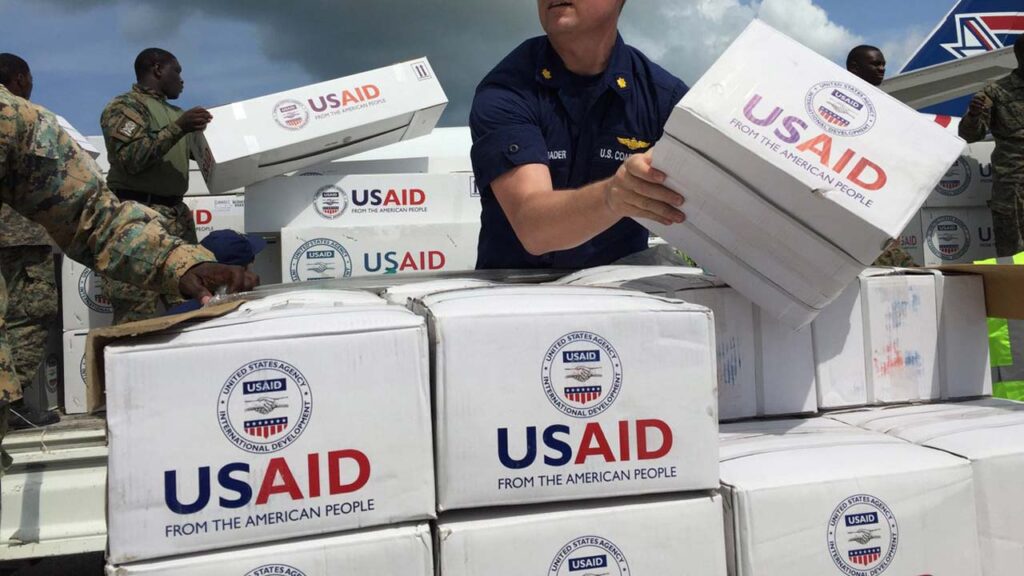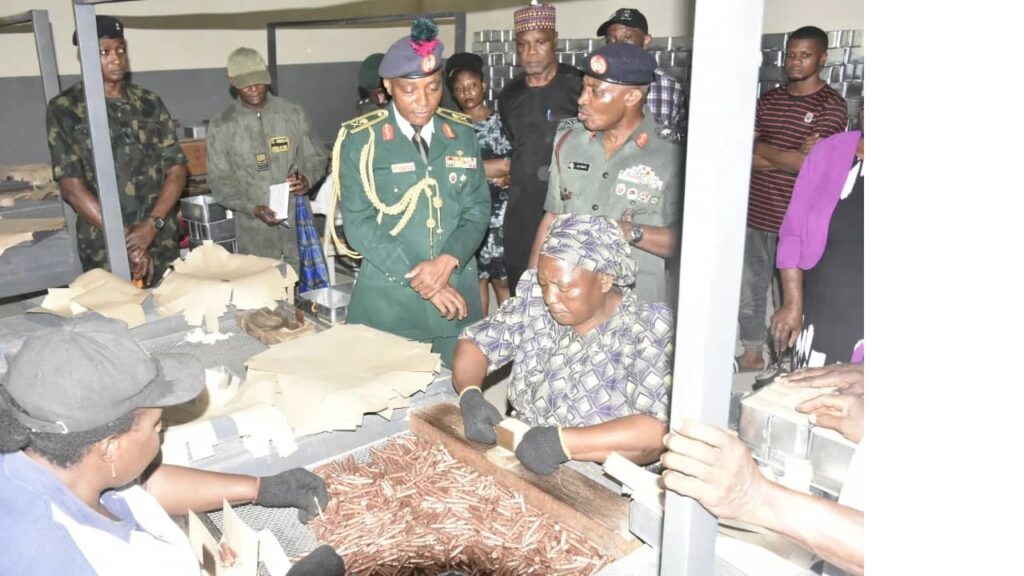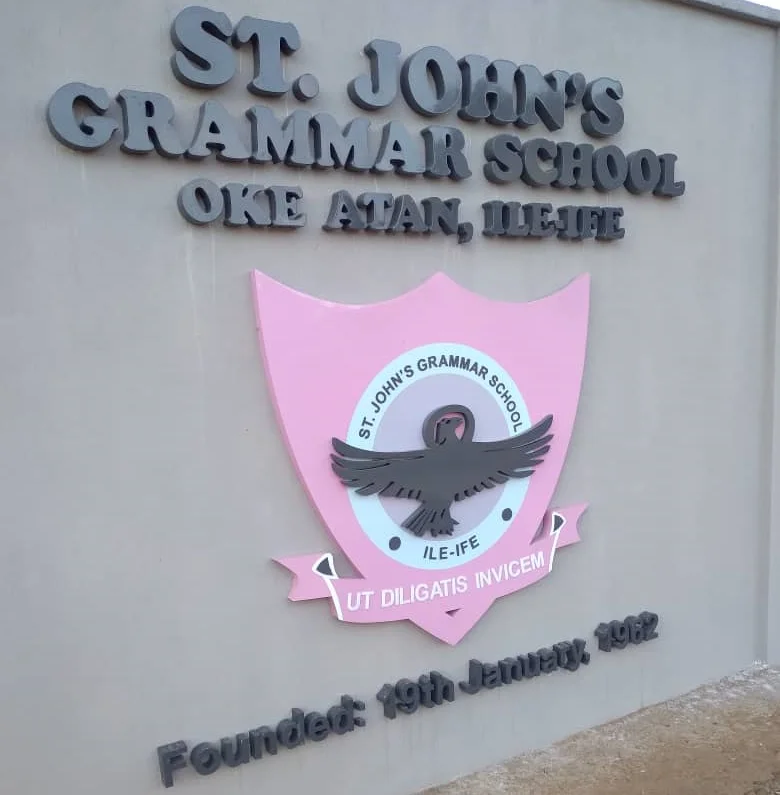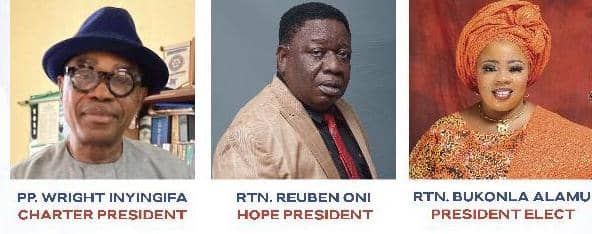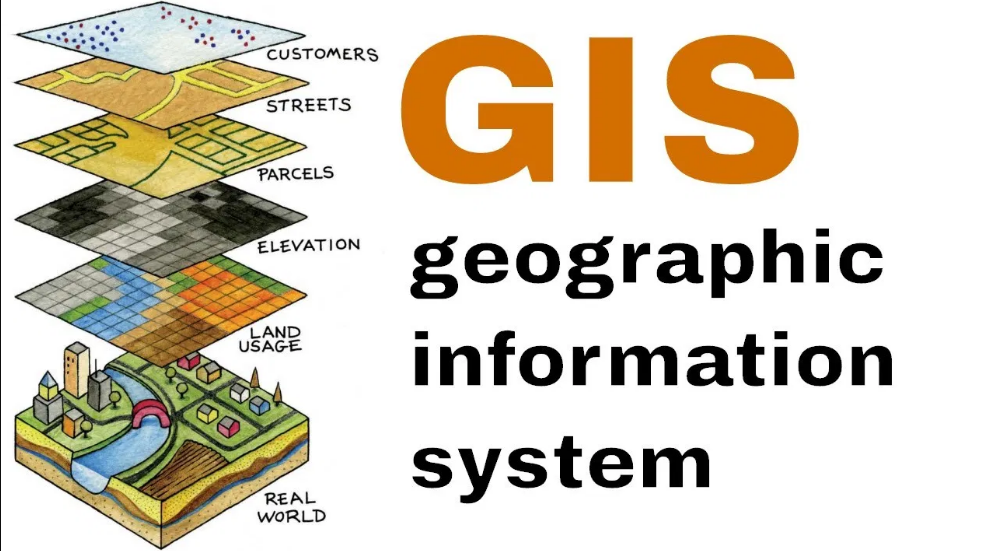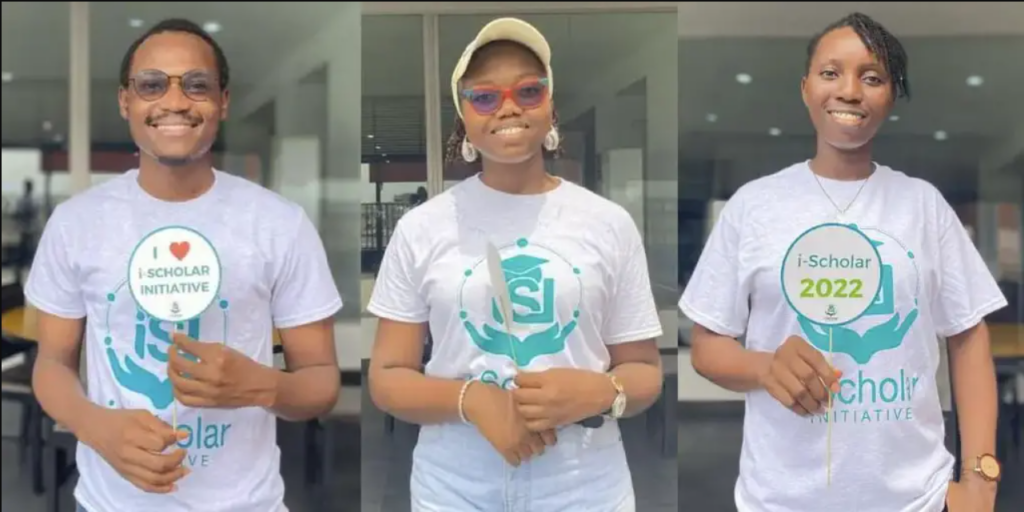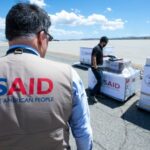
These resources are to expand the availability of quality local language teaching and learning materials for reading in the country, targeting all Igbo and Yoruba speaking primary grade 1 to 3 learners in the southern regions.
Speaking at the virtual launch of the books, USAID Mission Director, Anne Patterson said: “Teaching children to read in a language they understand equips them with a powerful tool for lifelong learning.
“Building foundational reading skills accelerates English language acquisition and other skills and contributes to developing a new generation of leaders equipped to help Nigeria meet the challenges ahead.”
Developed by the Research and Development Council with support from the USAID Northern Education Initiative (NEI) Plus activity, the new Igbo and Yoruba curricula will be available for any interested state to adopt, print, and distribute with their own resources.
The curriculum is tailored for a 21st-century audience of emerging readers, rich with culturally relevant stories, colorful pictures, gender-balanced representation, and a clear sequence of content that gradually builds upon the abilities of each learner as new skills and proficiencies are acquired.
According to USAID, the books, “Let’s Read” promote active learner engagement, comprehension and critical thinking through three levels of instruction that ensure learners develop critical skills necessary for all aspiring readers: phonemic awareness, phonics, fluency, vocabulary, and comprehension.
The comprehensive curriculum package includes learner textbooks and workbooks, teachers’ guides, and storybooks for practice in school or at home, all available at no expense for download.
Speaking at the event, the Minister of State for Education, Chukwuemeka Nwajiuba, who promised that government would continue to partner USAID to provide basic education services that promote self-reliance, said the ministry recognised efforts of the project in the last four years to improve literacy in Northern Nigeria through its innovative early grade reading programme (Let’s Read! Mu Karanta!).
He said USAID-NEI Plus has improved reading skills for more than 952,565 pupils, trained 9,600 teachers, and distributed more than 6 million teaching and learning materials to schools, while about 262,793 out-of-school children from educationally disadvantaged communities have improved their basic and literacy skills and mainstreamed to formal schools after completing a nine-month non-formal education programme.
He said the ministry is also building national expertise for early grade reading through a four-month postgraduate course through which 42 education professionals from states and Federal MDAs have graduated.
“The National Commission for Colleges of Education (NCCE) has also integrated early grade reading content into the Nigeria Certificate in Education Minimum Standards and once concluded all Colleges of Education in Nigeria will provide opportunities for student teachers to become reading teachers.
“Also, four Teacher Education Institutions in Nigeria, have been equipped with state of the art early grade reading resource rooms and recently, the NCCE Resource Center in Abuja office was equipped with state of the art, world-class ICT gadgets.”
Bauchi and Sokoto, the first two states supported by USAID funded Northern Education Initiative Plus (NEI Plus), remain positive models and resources for states recently adopting an evidence-based early grade reading curriculum.
Since October 2015, NEI Plus has delivered over seven million teaching and learning materials to more than one million primary grade 1 through 3 learners in 2,500 formal schools.

